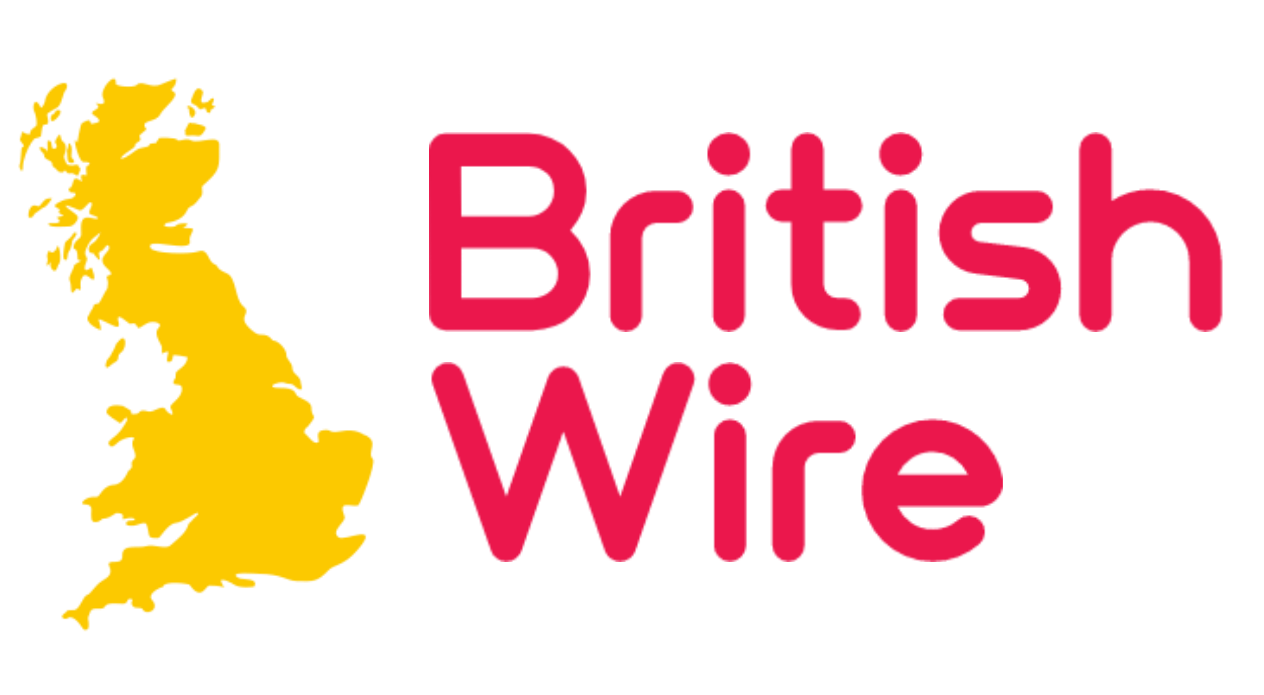In an era where screens outnumber stars, businesses navigate a digital cosmos teeming with possibilities. Welcome to the realm of successful digital marketing, where algorithms whisper secrets, pixels dance to their rhythm, and brands strive to leave an indelible mark. You have to think about these steps to get your business perfectly in the digital world.

1. Set Your Marketing Goals
Before diving into any campaign, define your objectives. What do you want to achieve? Some common goals include:
- Brand Awareness: Increase visibility and recognition.
- Lead Generation: Collect potential customer information.
- Sales: Drive conversions and revenue.
- Audience Growth: Expand your reach on social media. Set specific, measurable goals to guide your campaign.
2. Identify Your Target Audience
Understand your ideal customers. Create buyer personas based on demographics, interests, pain points, and behavior. Tailor your messaging to resonate with this audience.
3. Perform Keyword and Topic Research
For SEO success, research relevant keywords and topics. Use tools like Google Keyword Planner or Ahrefs to discover high-impact keywords. Optimize your content around these keywords.
4. Run a Competitor Analysis
Study your competitors’ digital strategies. Identify their strengths and weaknesses. Learn from their successes and avoid their pitfalls. This analysis will inform your campaign strategy.
5. Choose Your Digital Channels
Select the platforms that align with your goals and audience. Common channels include:
- Search Engine Optimization (SEO): Optimize online content for organic search.
- Pay-Per-Click (PPC): Use paid ads on search engines and social media.
- Content Marketing: Create blogs, videos, and guides.
- Social Media Marketing: Leverage organic and paid reach on platforms like Facebook and Instagram.
6. Set a Campaign Budget
Allocate resources wisely. Determine how much you can invest in each channel. Consider factors like ad spend, content creation costs, and tools/software.
7. Create Your Content Strategy
Develop engaging content for each stage of the buyer’s journey. Map out content types (blogs, videos, infographics) and distribution channels. Ensure consistency across platforms.
8. Create a Project Plan with Milestones
Break down your campaign into manageable tasks. Set deadlines and milestones. Regularly review progress and adjust as needed.
9. Start Your Campaign
Launch your campaign across chosen channels. Monitor performance and make real-time adjustments. Be prepared to iterate based on data.
10. Monitor and Optimize Performance
Use analytics tools to track key metrics. Adjust your strategy based on what’s working and what isn’t. Continuously optimize your campaign for better results.
Remember to look for a dynamic digital marketing company, so stay adaptable and keep learning. Best of luck with your successful campaign!
















